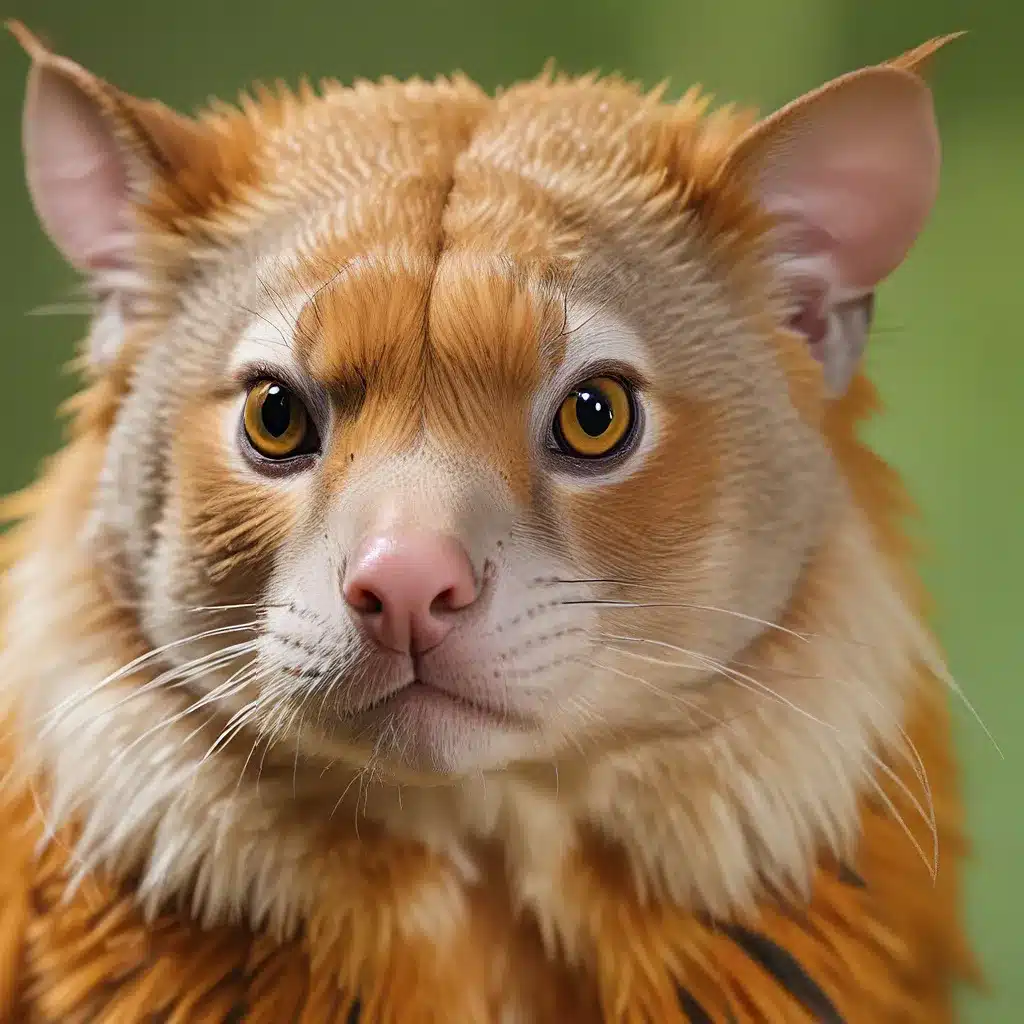
Unleashing the Mystery: Understanding Exotic Pet Behavior
Have you ever watched your exotic pet and wondered, “What on earth is going through their mind?” It’s a common question that plagues many exotic pet owners, and rightfully so. Exotic pets, from scaly lizards to furry sugar gliders, can be downright enigmatic at times. But fear not, my fellow pet enthusiasts! Today, we’re going to demystify the captivating world of exotic pet behavior and uncover the key to unlocking their wellness.
Cracking the Codex: Deciphering Behavioral Cues
Let’s start with the basics. Exotic pets, much like their furry feline and canine counterparts, possess a unique set of behavioral cues that can clue us in on their overall wellbeing. Imagine trying to communicate with someone who doesn’t speak your language – it can be a real challenge, right? The same goes for our exotic companions. By learning to read their body language and vocalizations, we can become fluent in the language of our scaled, feathered, or furry friends.
Take bearded dragons, for instance. These charismatic lizards have a repertoire of expressions that can tell us a lot about their state of mind. A puffed-out beard and open mouth could mean they’re feeling threatened or defensive, while slow, deliberate head bobs might indicate a more relaxed and content demeanor. Mastering these subtle nuances can make all the difference in providing our exotic pets the care and environment they need to thrive.
Uncovering the Culprits: Identifying Behavioral Triggers
But it’s not just about reading the signs – we also need to understand what’s causing certain behaviors in the first place. Much like us, exotic pets can experience a range of emotions, from stress and anxiety to pure joy and contentment. And just like humans, these emotional states can be influenced by a variety of factors, both internal and external.
Environmental stressors, such as changes in temperature, humidity, or enclosure size, can significantly impact an exotic pet’s wellbeing. Improper diet, lack of enrichment, or even the presence of other pets can also trigger unwanted behaviors. Understanding these potential triggers is crucial in maintaining your exotic pet’s overall wellness.
Fostering Harmony: Promoting Positive Behaviors
Now that we’ve explored the basics of exotic pet behavior and its underlying causes, let’s talk about the fun part – how to encourage the good stuff! Just like with any pet, positive reinforcement is key when it comes to shaping desirable behaviors in exotic animals.
Take the case of our feathered friends, the parrots. These intelligent creatures thrive on interaction and mental stimulation. By providing them with engaging toys, varied diets, and regular training sessions, we can nurture their natural curiosity and problem-solving skills, leading to a happier, healthier bird.
Or consider the humble hedgehog. These spiky cuties are notoriously shy, but with patience and positive handling, they can learn to trust their human companions and even enjoy being held and cuddled. The secret? Slow, gentle movements, calming voices, and plenty of treats to reinforce the good behavior.
Embracing the Unexpected: Navigating Behavioral Challenges
Of course, it’s not all rainbows and sunshine when it comes to exotic pet behavior. Sometimes, we may encounter challenges that require a bit more finesse and creativity to overcome. But fear not, my fellow pet enthusiasts – with the right approach, we can navigate even the most perplexing behavioral hurdles.
Take the case of the sugar glider, for example. These adorable pouched mammals are known for their mischievous nature, and they can sometimes develop aggressive behaviors if their complex needs aren’t met. But by providing them with a enriched environment, a balanced diet, and plenty of opportunities for socialization, we can help curb these unwanted behaviors and foster a harmonious relationship with our furry little friends.
Embracing the Extraordinary: Celebrating Exotic Pet Uniqueness
At the end of the day, the beauty of exotic pet ownership lies in the sheer uniqueness of our companions. From the graceful movements of a bearded dragon to the curious antics of a sugar glider, each and every exotic pet has a special something that sets them apart from the rest.
And that’s what makes them so captivating, isn’t it? By embracing the extraordinary and learning to speak the language of our exotic pets, we can unlock a world of wonder and deepen our bond with these remarkable creatures.
So, my fellow pet lovers, let’s dive headfirst into the fascinating realm of exotic pet behavior. With a little bit of knowledge, a lot of patience, and a whole lot of love, we can demystify the enigma and ensure our exotic companions live their best lives. After all, they deserve nothing less than the pampering and care we’d give our more conventional furry friends.
Ready to take the plunge? Then let’s get started on your journey to becoming a true exotic pet whisperer! Visit goldenexoticpets.com to learn more about the joys and challenges of exotic pet ownership.

